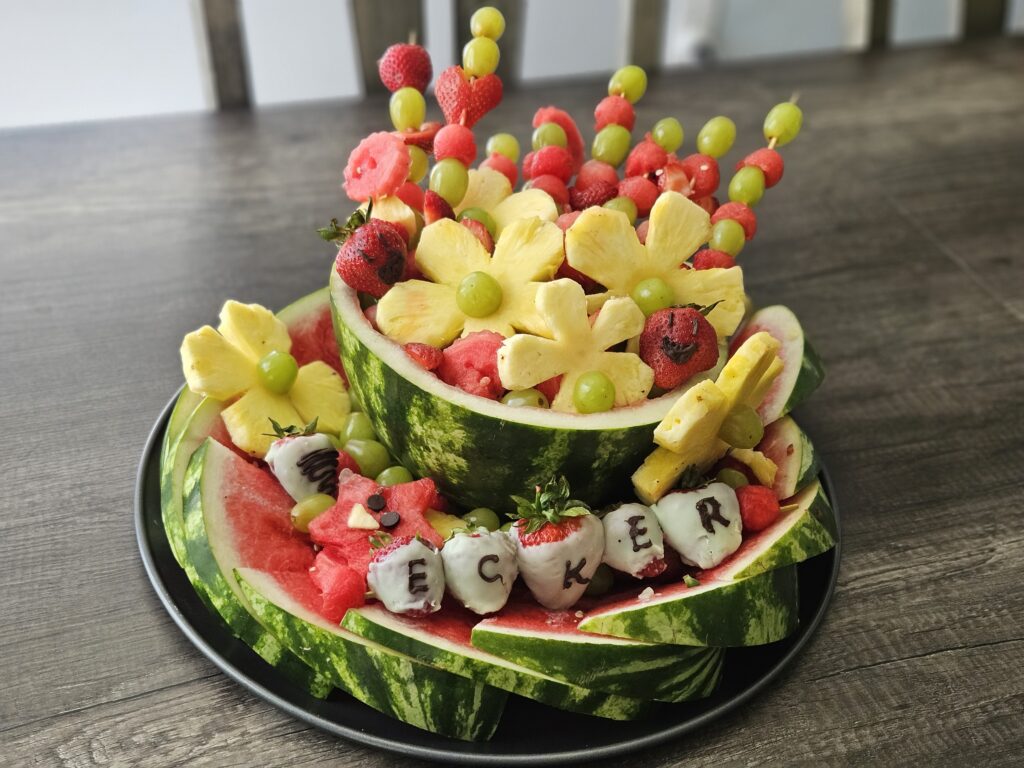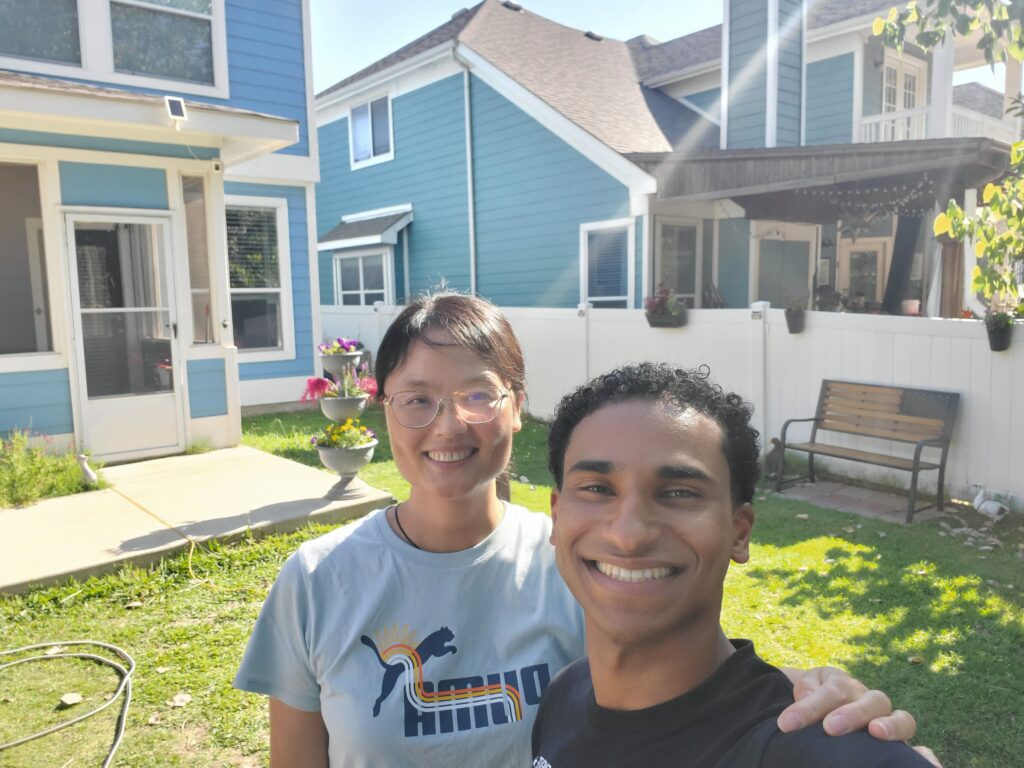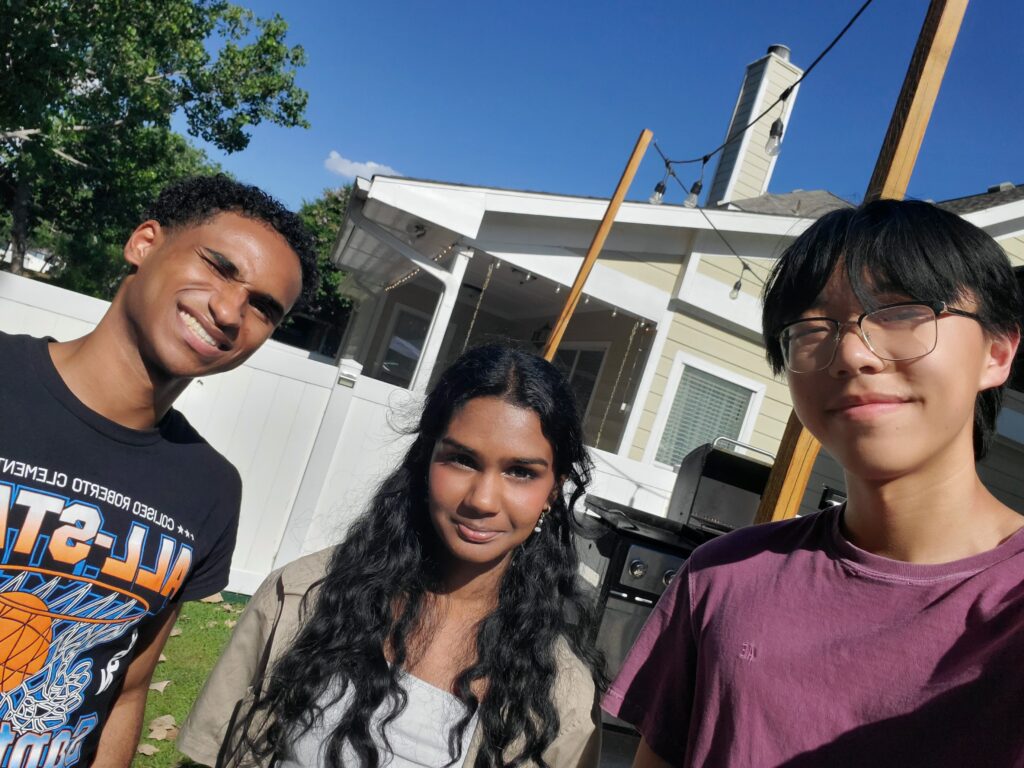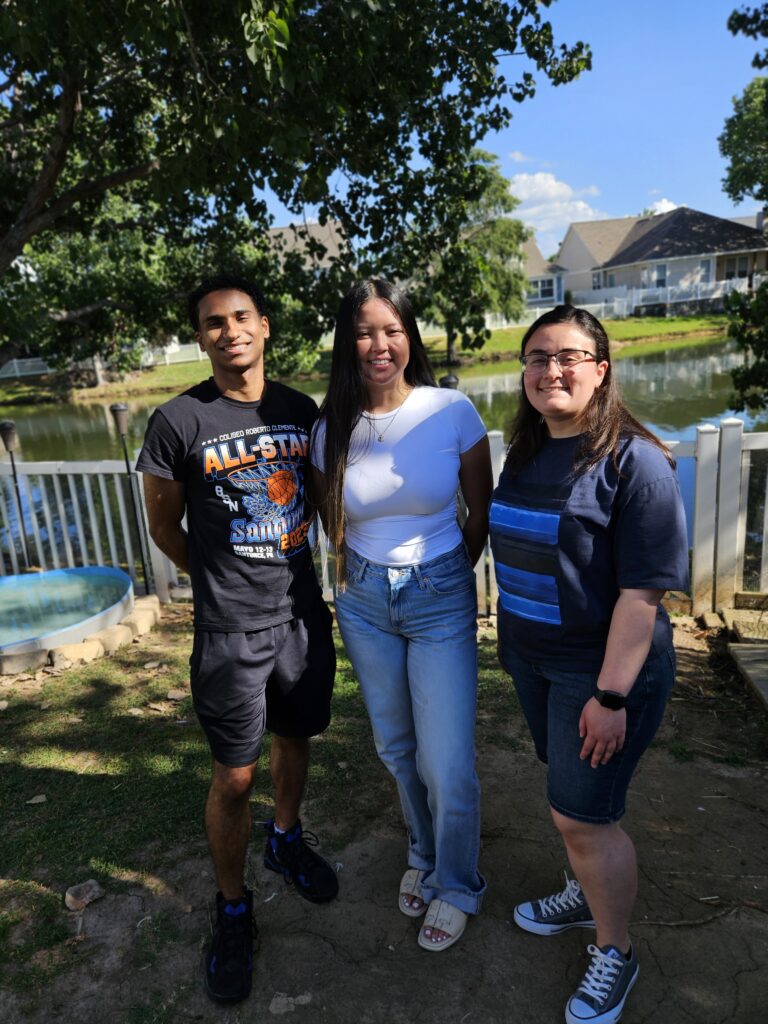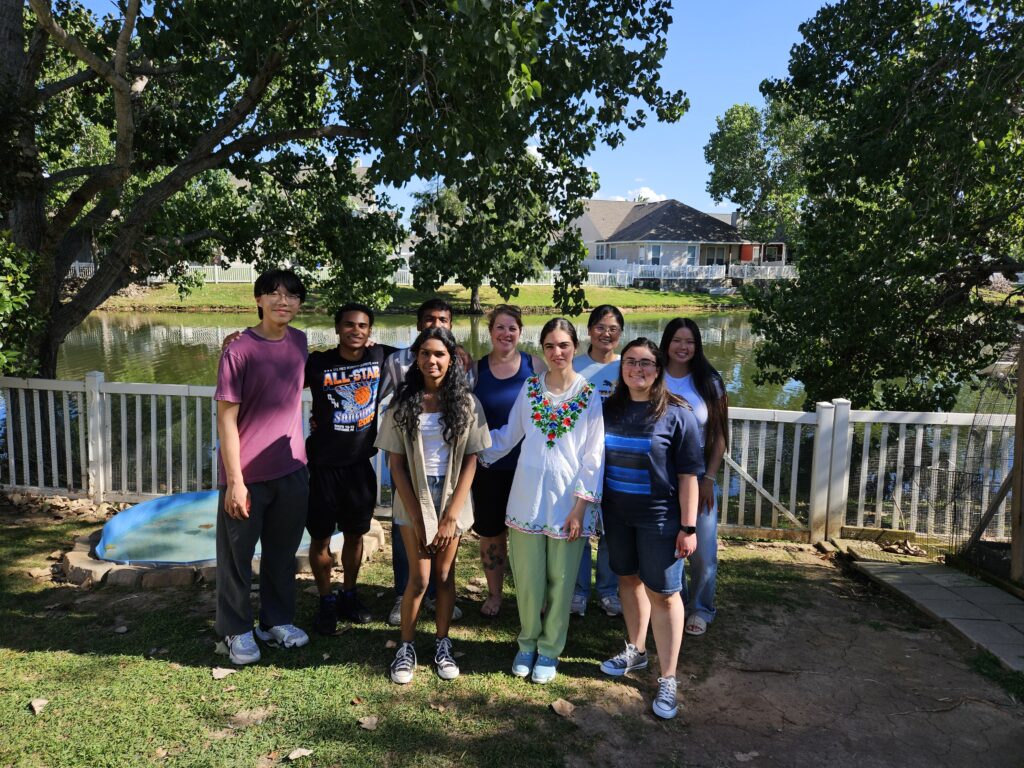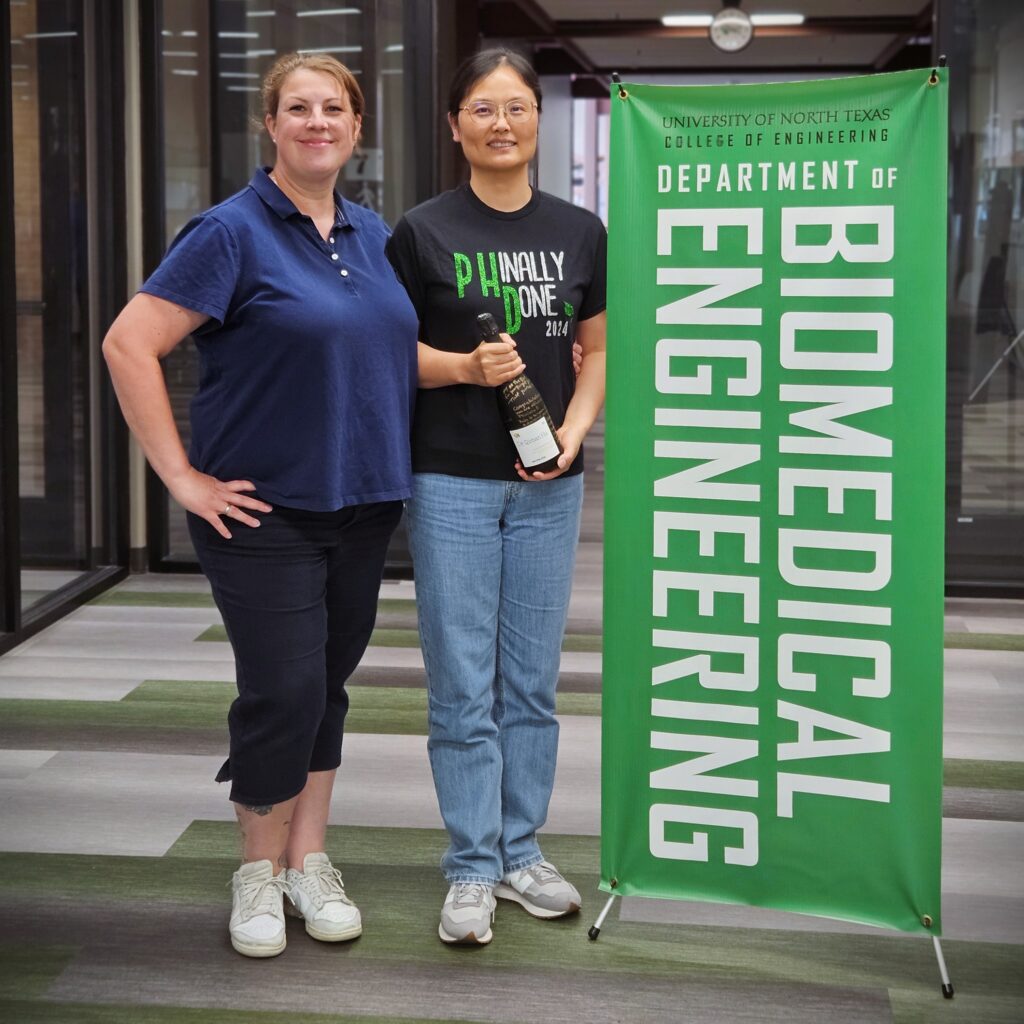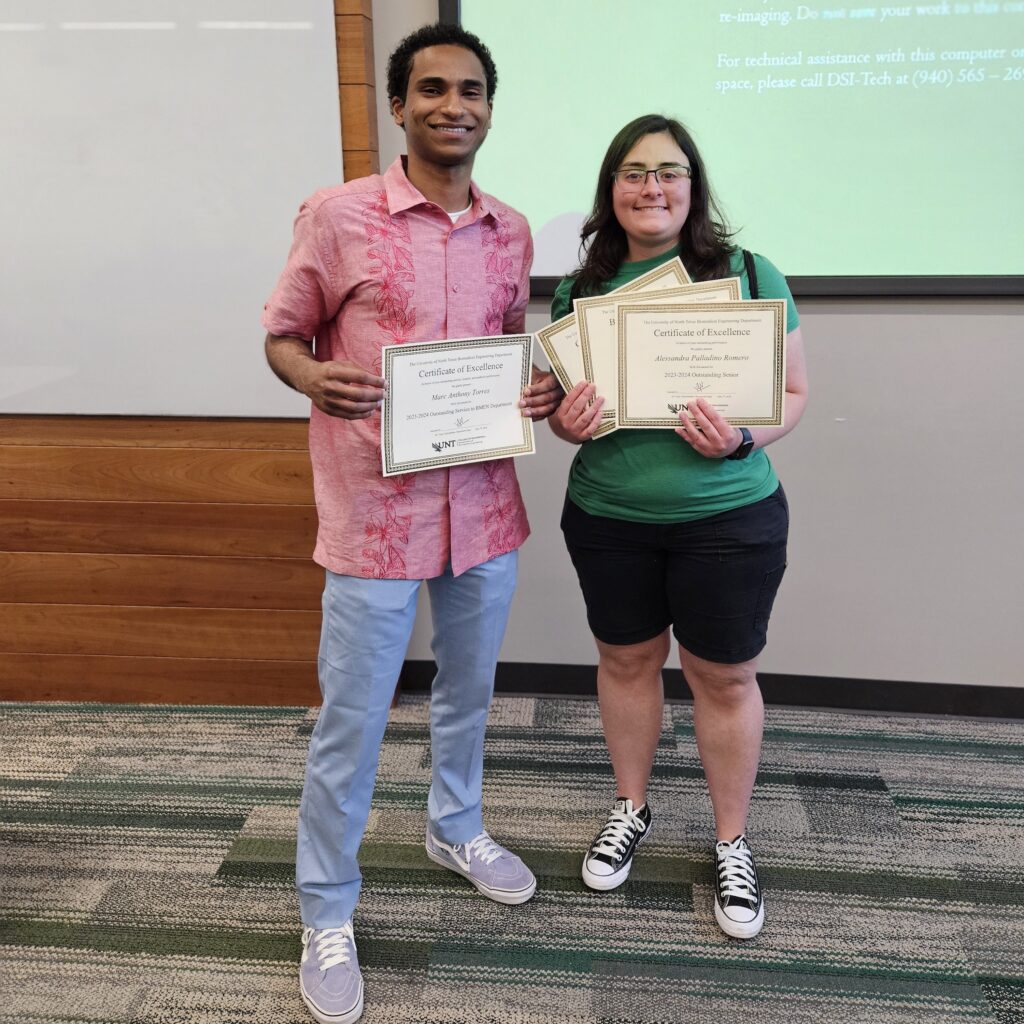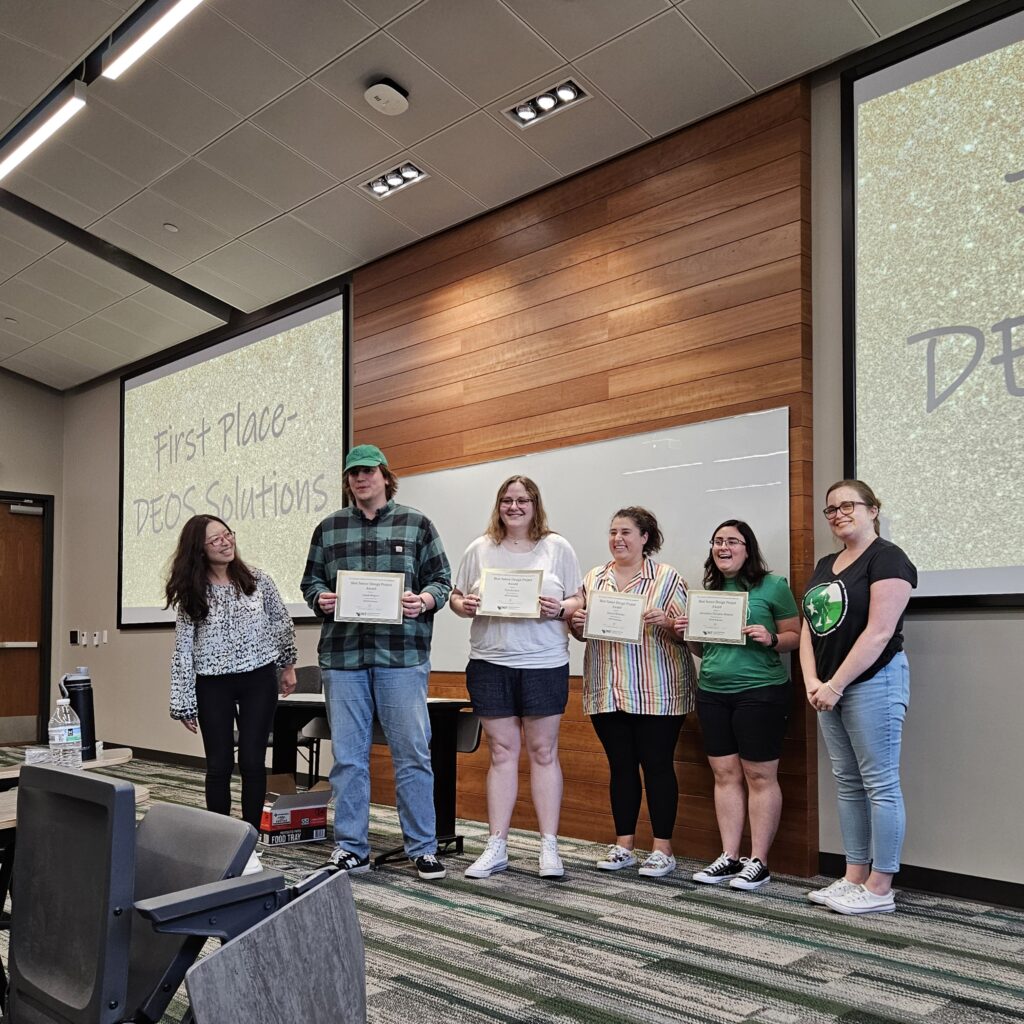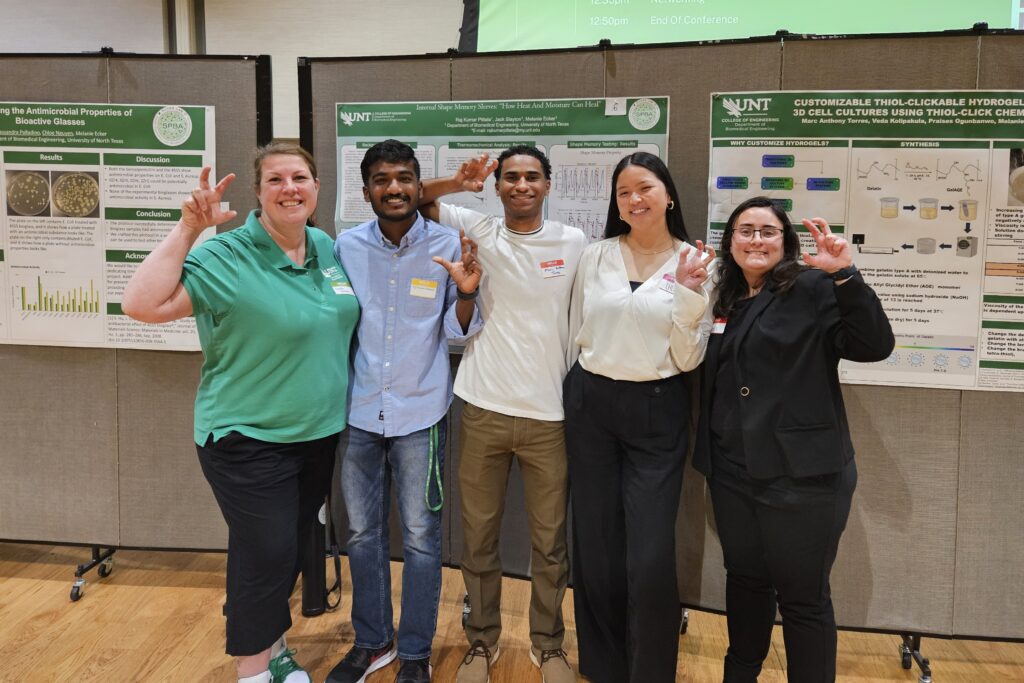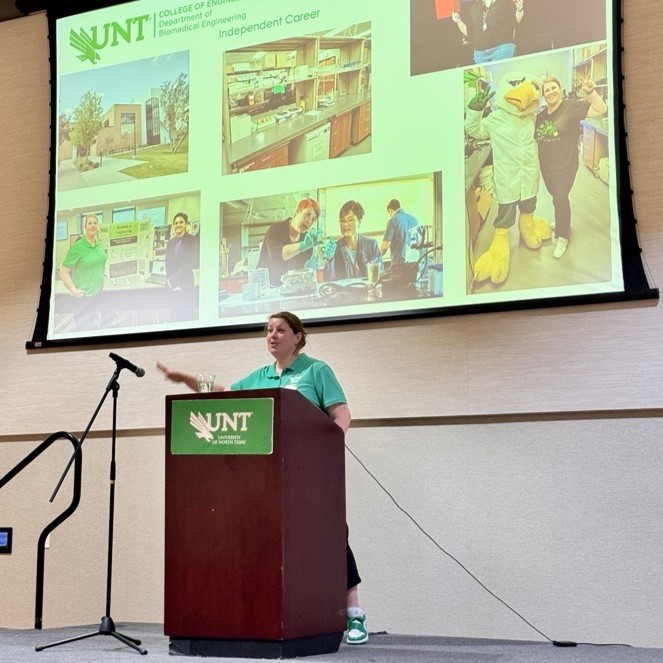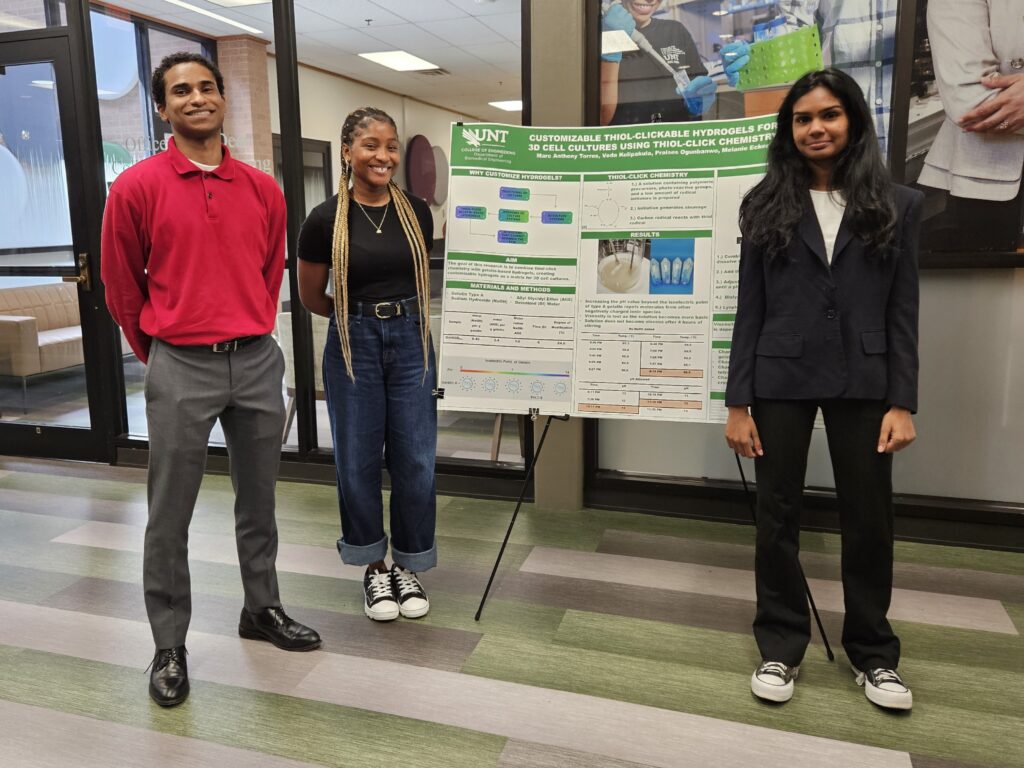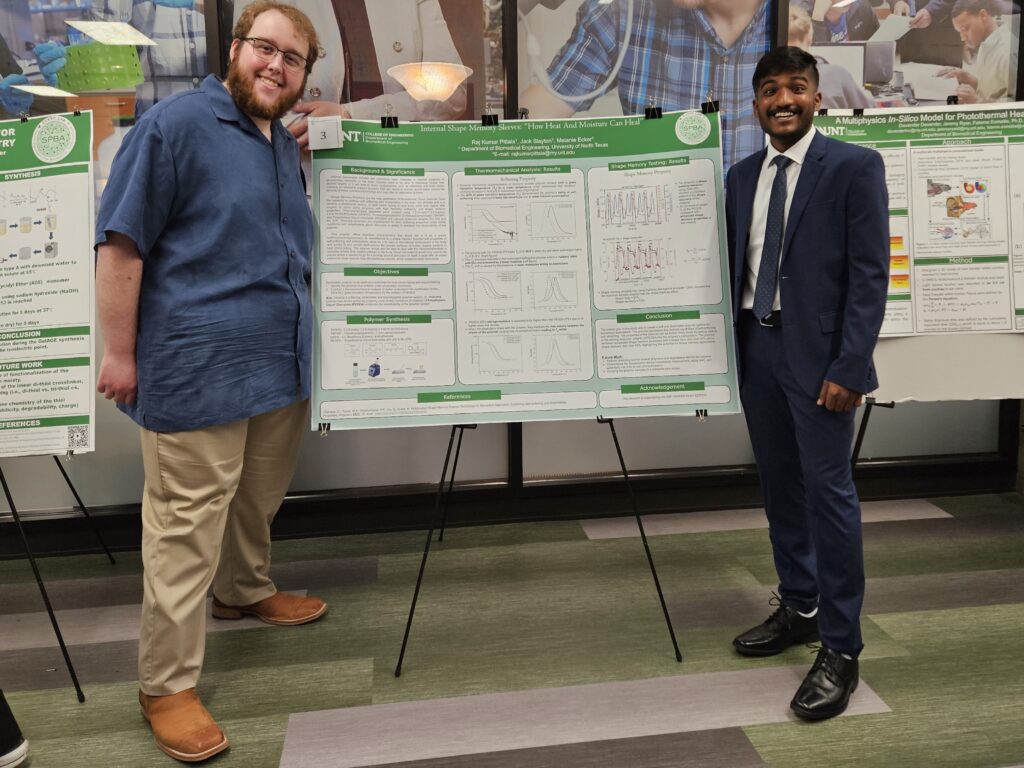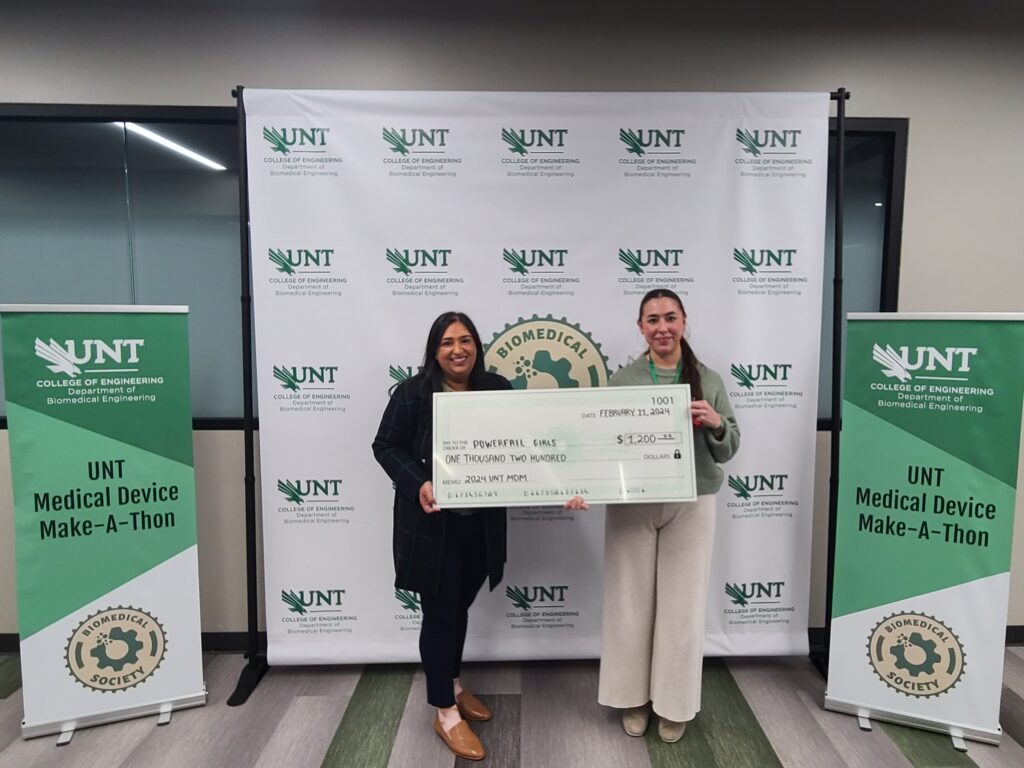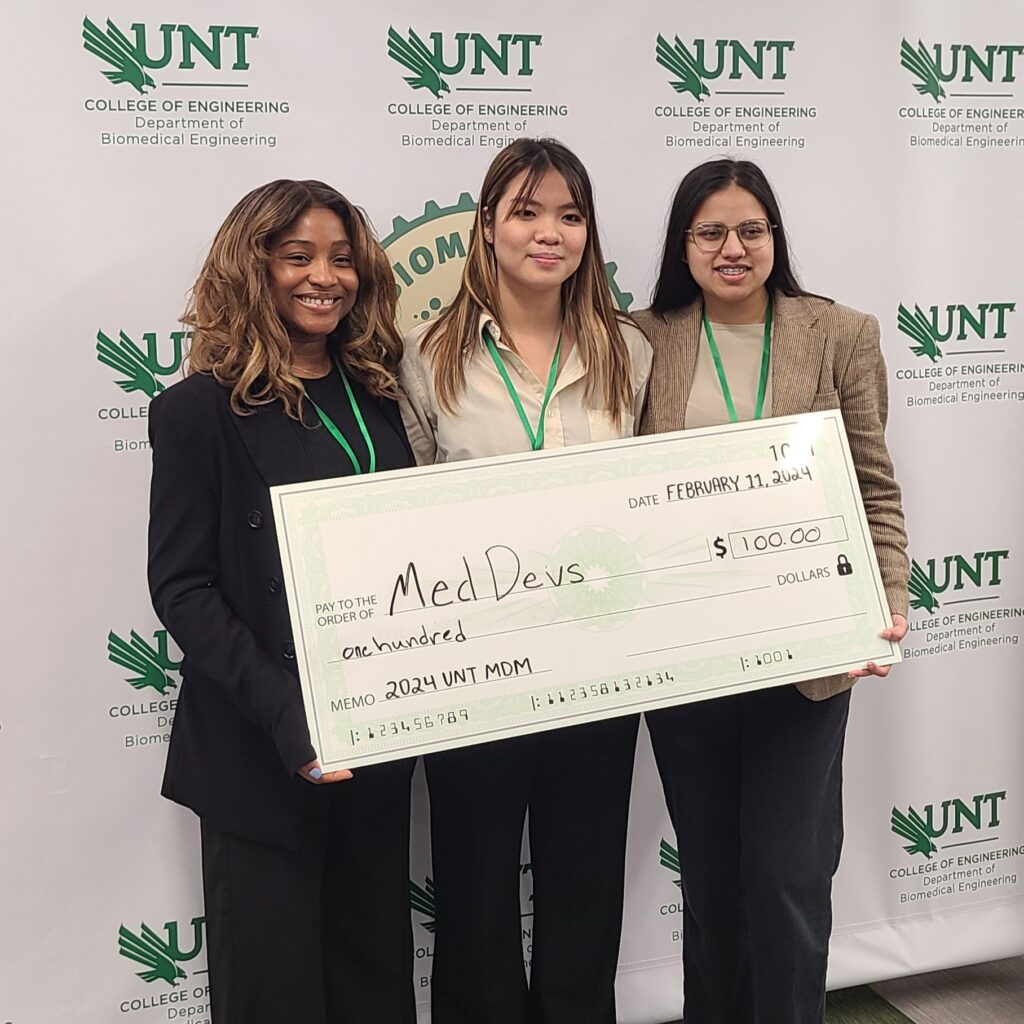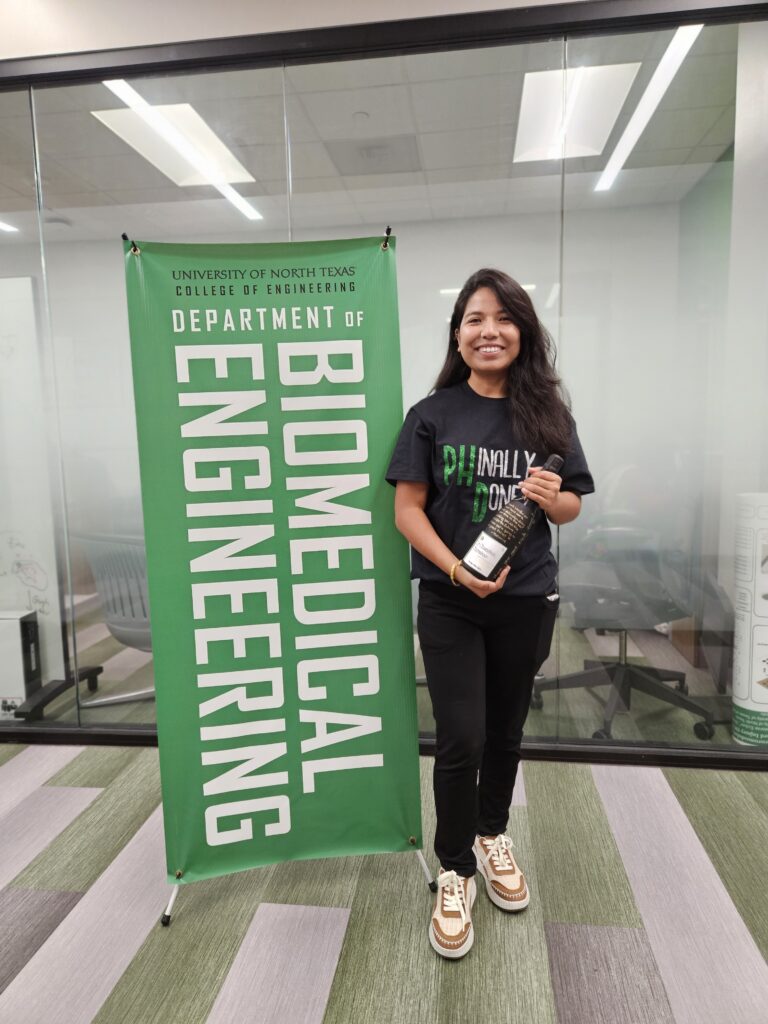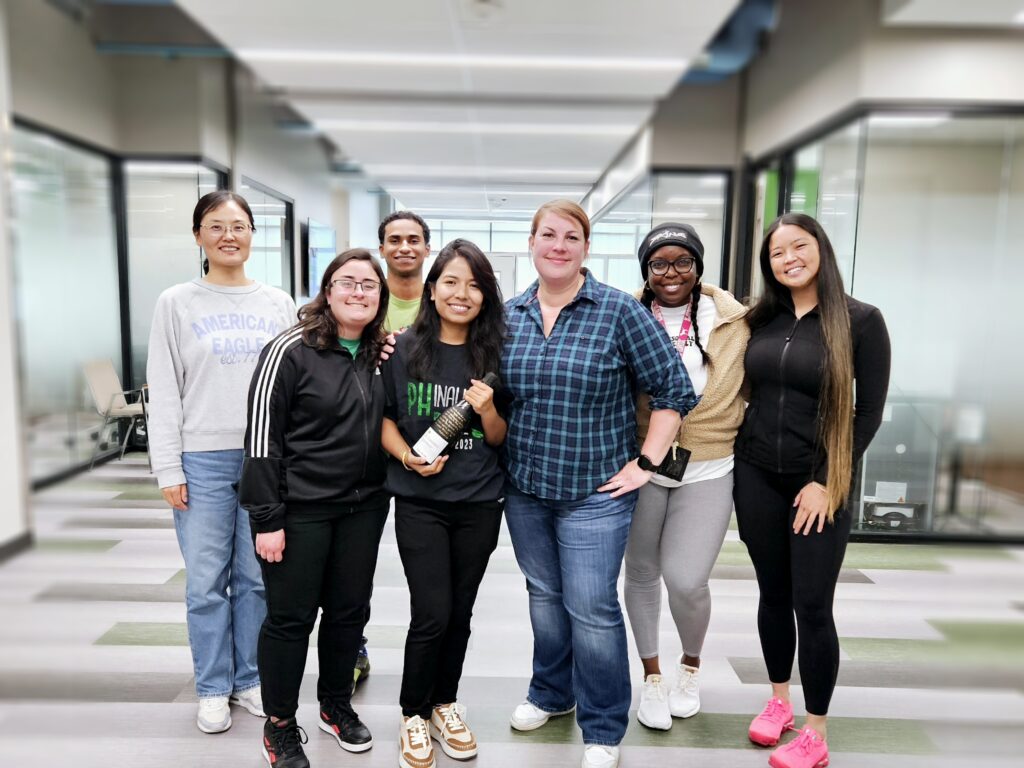We are thrilled to share another momentous achievement in our lab’s history—the graduation of Qichan Hu, our second PhD student! Qichan has been an integral part of our research community, and her dedication, passion, and hard work have left an indelible mark on our lab.
The Journey:
Qichan embarked on her doctoral journey with us in the Fall of 2019, bringing not only her academic prowess but also a contagious enthusiasm for pushing the boundaries of scientific exploration. Throughout her years with us, she has been a beacon of inspiration for her peers and an invaluable asset to our research endeavors.
Research Contributions:
Qichan’s research has been nothing short of groundbreaking. Her innovative work on the Development of GelMA-Alginate Interpenetrating Network Hydrogel for Establishing an In Vitro Osteoarthritis Model to Screen MMP-13 Inhibitors has not only expanded our understanding of biomaterials but has also garnered recognition within the scientific community. She has published several key papers during her time in the lab, including:
- Screening of MMP-13 Inhibitors Using a GelMA-Alginate Interpenetrating Network Hydrogel-Based Model Mimicking Cytokine-Induced Key Features of Osteoarthritis In Vitro.
- Precision Engineering of Chondrocyte Microenvironments: Investigating the Optimal Reaction Conditions for Type B Gelatin Methacrylate Hydrogel Matrix for TC28a2 Cells.
- Overview of MMP-13 as a Promising Target for the Treatment of Osteoarthritis.
Her contributions have been instrumental in shaping the direction of our lab’s research and will undoubtedly influence the field for years to come.
Collaboration and Leadership:
Beyond her individual achievements, Qichan has been a collaborative force within our lab. She has fostered a culture of teamwork, inspiring fellow students and researchers to work together toward common goals. Her leadership qualities have been evident in several publications, where she spearheaded the manuscript preparation.
Qichan’s Impact:
As Qichan walks across the stage to receive her well-deserved doctoral hood, we reflect on the lasting impact she leaves on our lab. Her resilience, intellectual curiosity, and commitment to excellence have set a high standard for future graduate students to aspire to.
Looking Ahead:
Qichan’s success is a testament to the vibrant research environment we strive to cultivate in our lab. As we celebrate this milestone, we eagerly anticipate the continued success of our graduate students, each contributing to the rich tapestry of discoveries that define our research community.
Join us in extending heartfelt congratulations to Qichan for her remarkable achievement! As she takes the next steps in her career, we are confident that her journey will continue to inspire and shape the future of scientific inquiry.
